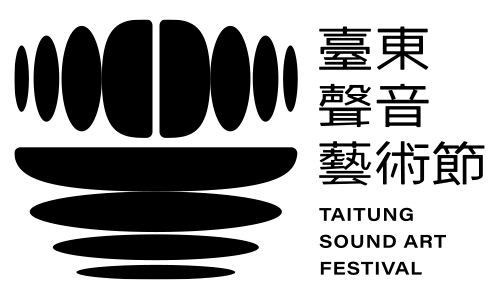Fly and Whale: the politics of inner-sonic ecology
More than ten years ago, I spent some time at the foot of Mt. Liyu in Taitung during my around-Taiwan-island trip. One night I heard the soul-stirring indigenous folk songs. I remember I was so excited that I got out to find where it came from. It was then I found a group of elders hanging out in a courtyard house singing. It’s been my deep regret that I didn’t get to know the names of the people and the songs.
Sonic ecology is neither panoramic nor panopticon. Sound vibration occurs externally and internally in our bodies. It’s a movement that crosses species and can be random, coupling, fragmenting, clumping and ceasing. However, our sense of hearing is a constant power struggle between personal preference and resentment without fixed rules as well as everchanging focal point. Mt. Cangying/meaning fly, Mt. Aoyu/auspicious fish and Mt. Liyu/carp are all breathing cultural layers accumulating and branching out various sonic ecology from inward to outward, especially after the earthquakes. Yet, they still stand tall and gaze at the sea.
* The courtyard is now a parking lot.
Liao, Yu-Hsuan
Sound installation, Sound receiver, Bat poop, Ancient ceramic bowl, Buddhist temple objects, Fabric, Sea stone, 2023.


